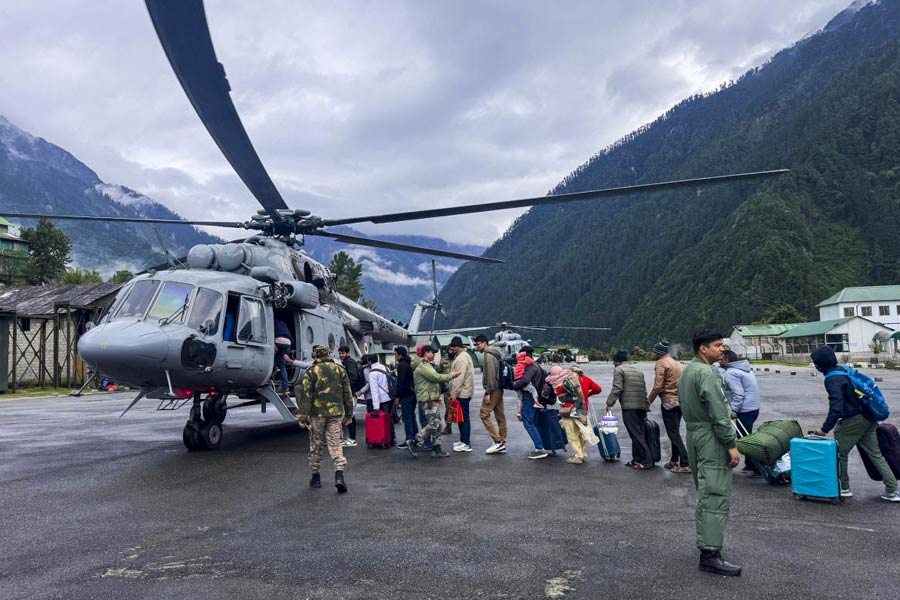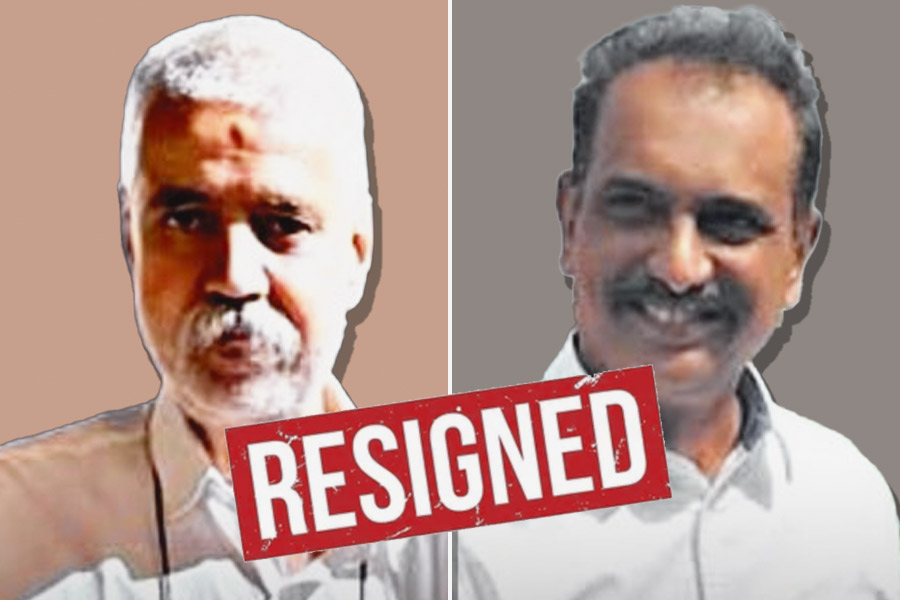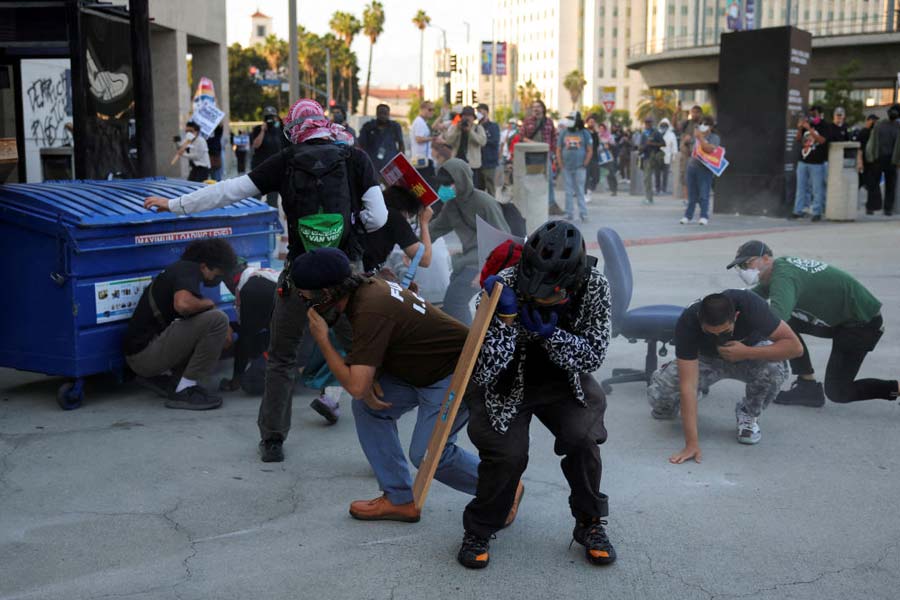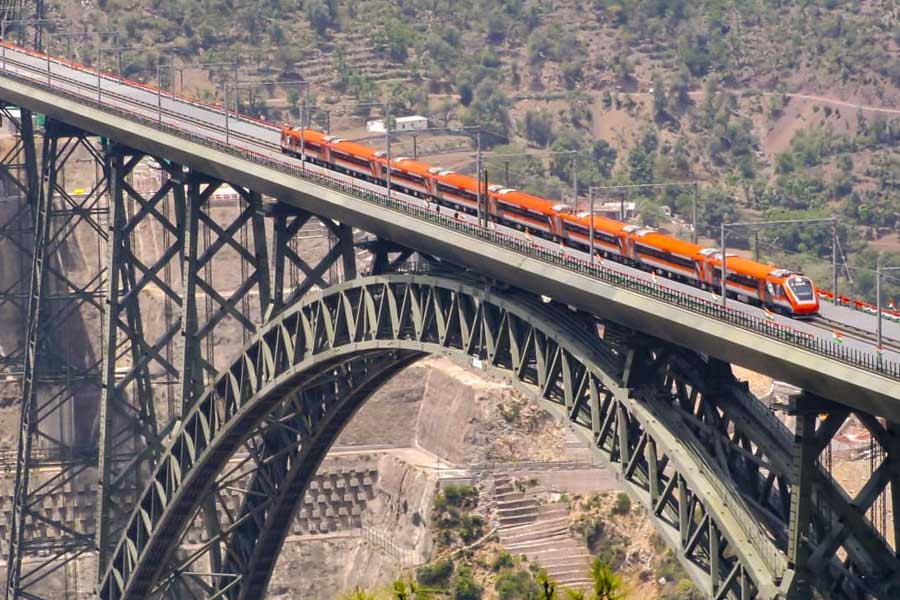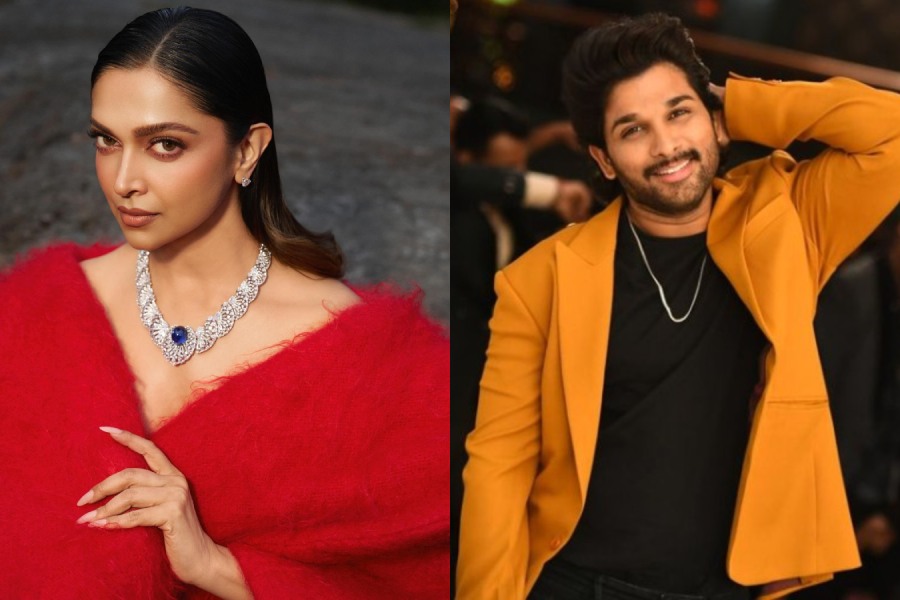 |
| Gandhi outside 10 Downing Street in 1931 |
London, Oct. 5: The design of the statue of Mahatma Gandhi which will be installed in Parliament Square in London on January 30, 2015, can be revealed.
The distinguished English sculptor Philip Jackson has done a great deal of research into the life of the Mahatma, consulted dozens of experts and looked through hundreds of photographs of Gandhi.
But in the end he was struck by a single image of Gandhi — the one taken outside 10 Downing Street in 1931 when the Indian leader was in London to attend the Second Round Table Conference to discuss power sharing between Britain and her then colony.
Based on the photograph, Jackson has now made a wax model of the statue known as a maquette and won approval of the design from Sajid Javid, secretary of state for culture, media and sport.
There has also been an enthusiastic response to the maquette from the Labour peer and economist Meghnad Desai, who has been appointed principal fundraiser by Javid. “I think it’s very good — it is Gandhiji,” said Desai.
Sculptors normally make a maquette, often for client approval, before launching into the statue. In this case, the client is the UK government. The project was announced in Delhi in July by the visiting chancellor, George Osborne, and the then foreign secretary, William Hague, as “a permanent monument to our friendship with India”.
The plan now is for Desai to take the maquette on a tour of Britain and encourage as many people as possible to contribute towards the £1-million (Rs 10 crore) cost of putting up the statue.
“The plan is for me to visit various cities — Manchester, Birmingham and Leeds I am sure,” said Desai. “I’ll go along with the maquette so that I can show people what kind of statue is planned.
“Yes, indeed I’ve seen the maquette because Philip Jackson came to a meeting that (culture secretary) Sajid (Javid) had held in his office earlier this month so we all sat together — we looked at it. The sculptor was there as well — he gave a presentation.”
Desai confirmed that Jackson saw many photographs of Gandhi before selecting the one he liked best. “He saw a photograph of Gandhiji standing outside 10 Downing Street — obviously (he) looked at various photographs.”
The photograph shows Gandhi “sort of fully draped on top, with naked lower legs — legs below the knee. Otherwise he’s fully draped on top and looks rather tall. He doesn’t have a (walking) stick but just standing up, you know straight, and it looks very good.”
The proposed 9-foot-tall statue, roughly one-and-a-half times life size, also has to receive planning permission from Westminster Council because Parliament Square opposite the Palace of Westminster falls within its jurisdiction. It is possible objections will be lodged by individuals or groups opposed to Gandhi or India.
Desai, who has set up a charity website — https://www.gandhistatue.org/ — would much rather the money came in small amounts from many diverse sources “so that a maximum number of people have ownership of the statue”.
“Absolutely, that is the whole idea,” he emphasised. “If you go to the website, I mention South Africa and United States — two countries where Gandhi’s impact has been felt. South Africa, because really he is a South African politician along with (Nelson) Mandela and (Jan) Smuts, but also through Martin Luther King he’s had enormous influence in America. I’ve had friends from Australia saying they will contribute and somebody from Spain said, ‘I want to contribute as well’. Indians are already Gandhi fans.”
Desai added that there has been some discussion about whether the plinth on which the bronze statue will stand also should be made of bronze or of Portland stone. “So I said (to Jackson), ‘What do you want to do? You want to make it look different from (Nelson) Mandela somewhat’, and a bronze pedestal and a bronze statue would look better than Portland stone, but I don’t know what has been decided.”
There are hopes that Narendra Modi will be persuaded to come to London for the unveiling, which will coincide with the anniversary of the Mahatma’s assassination in 1948.





